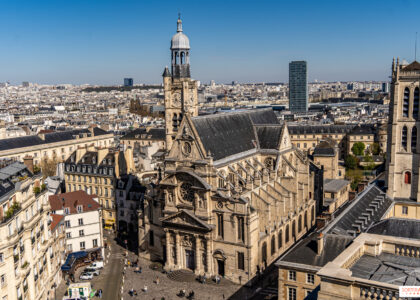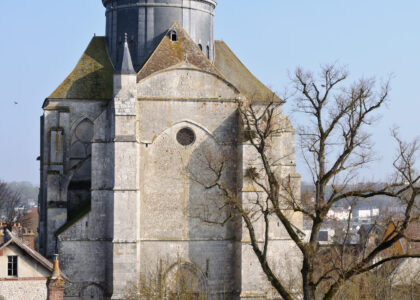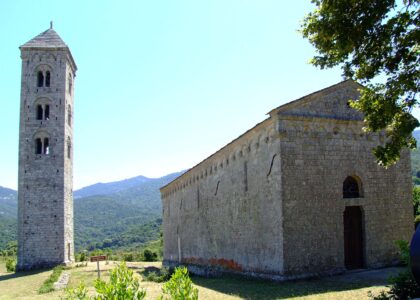Welcome to Walnut Street Baptist Church, a cornerstone of Waterloo’s rich historical tapestry. Established in 1896, this church was the vision of four dedicated men who saw potential in a humble grove at the corner of Walnut and Lime Streets. Their vision materialized into a place of worship that rapidly became integral to the community. The current brick structure, built in 1908, could accommodate up to 1,400 people. This spacious edifice was more than just a church; it was a hub of spiritual and social life. Engraved with the words ‘A Church for People,’ it symbolized inclusivity and hope for all who entered.
Over the years, Walnut Street Baptist Church played host to significant events and figures, including the celebrated evangelist Billy Sunday, who held evangelistic campaigns here in 1910 and 1932, drawing large crowds and leaving a lasting spiritual impact. The church’s commitment to community outreach was evident from its early days, with initiatives like the establishment of Sunday school chapels across Waterloo, two of which matured into independent churches.
In 1971, the original congregation moved to a new location and became Walnut Ridge Baptist Church, reflecting its broader community role. This transition marked a new chapter in its history, as the original building was sold to Faith Temple Baptist Church, which used it until 2010. The building itself faced challenges over the years, including deterioration that led the Faith Temple congregation to relocate.
Today, the church is at the heart of a preservation effort led by the 415 Walnut Collective, named after its address. This initiative, spearheaded by Mathew Gilbert, a member of one of Waterloo’s pioneering Black families, aims to revitalize the church and its neighborhood. With plans to transform the space into an art and cultural performance center, the building is poised to once again serve as a cultural beacon in Waterloo. This project has garnered support from various organizations, including a significant grant from the Otto Schoitz Foundation to aid in architectural planning.
As you stand before this venerable building, consider the stories it holds — of community, resilience, and transformation over more than a century. It is not merely a relic of the past but a living testament to the ongoing narrative of Waterloo and its people.






